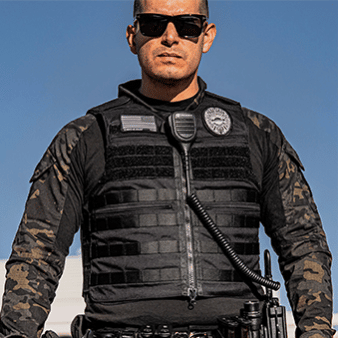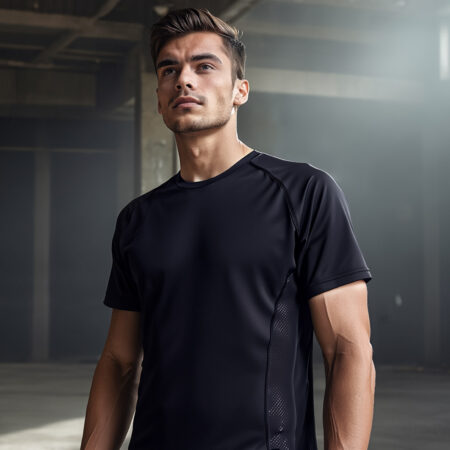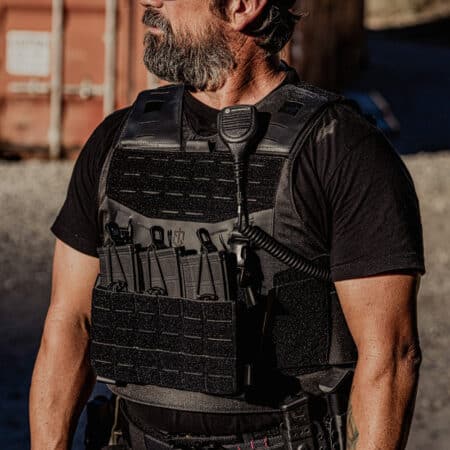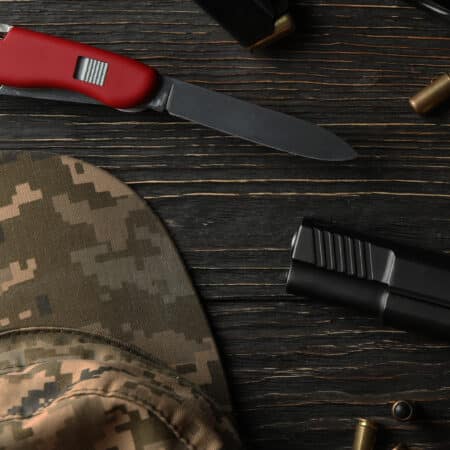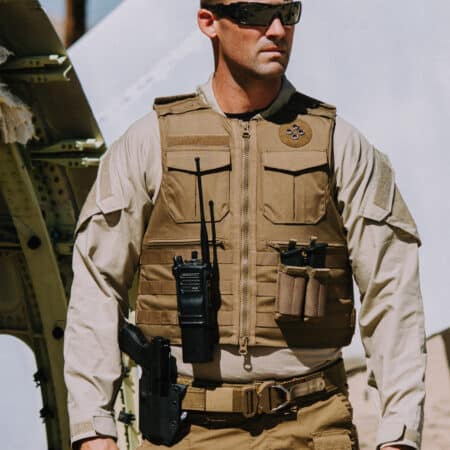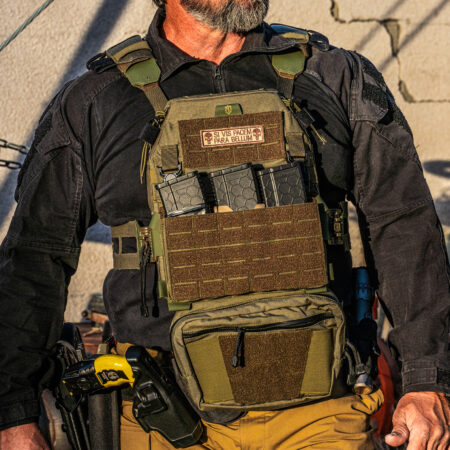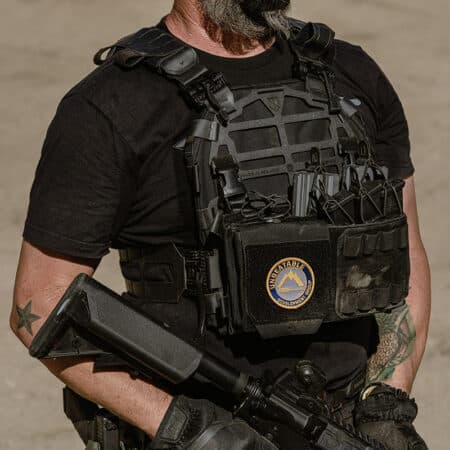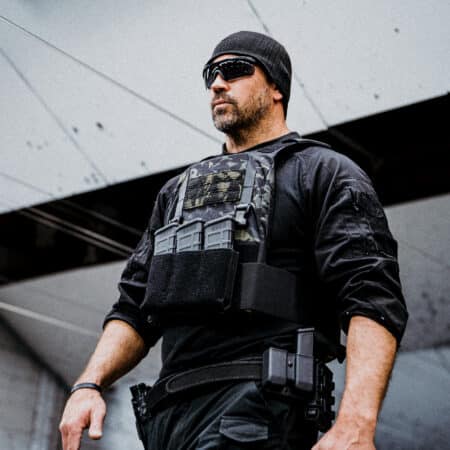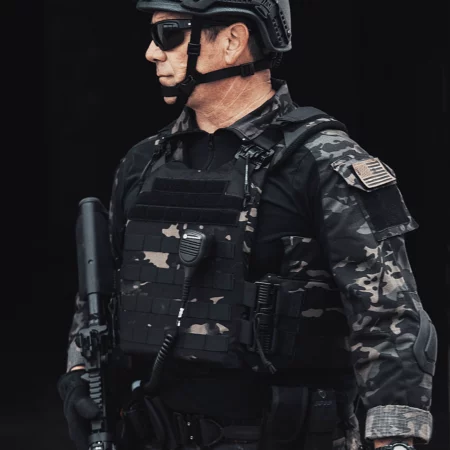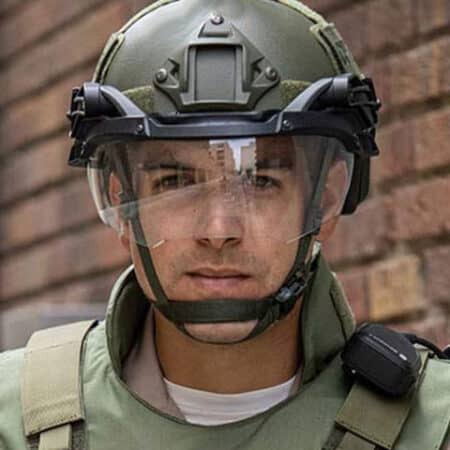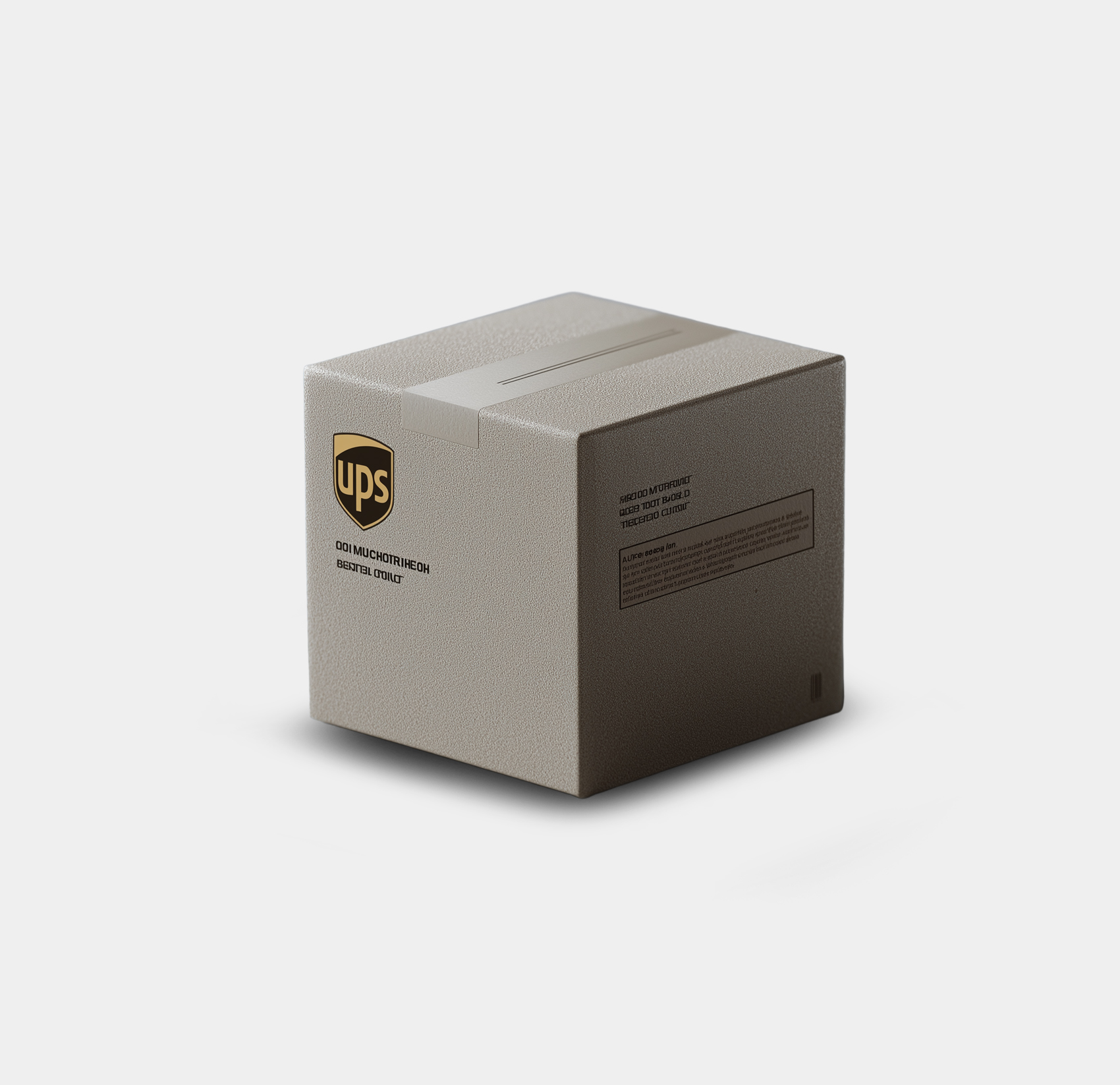
Ballistic Helmet Accessories
Tactical Helmet Accessories

Level of protection
Price
Sort by
KNOW MORE ABOUT VISORS
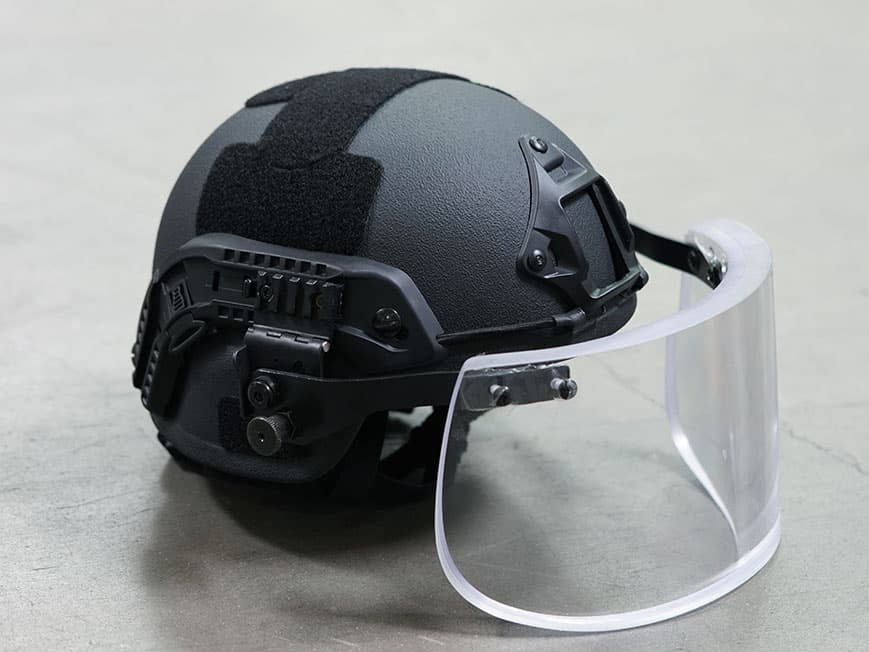
BALLISTIC AND ANTI-RIOT VISORS
Soldiers have been wearing helmets for a very long time, however, tactical and ballistic helmets are a much more recent concept. These days, helmets are used by the military, law enforcement, and even civilians, not only to protect their heads but to mount a wide array of gear as well, which can help them improve their combat capabilities.
There are many tactical helmet accessories that can be mounted on a helmet these days, and today we are going to talk about them in detail. Particularly, Ballistic helmet covers and visors, which are like transparent shields that cover the operator’s face and offer ballistic protection as well. So, read on to learn more.
What protection does a ballistic visor provide?
Modern ballistic helmets, like MICH and ACH, which are used by the Military are designed with Aramid inserts, which are rated to stop pistol calibers. Most ballistic helmets also have an NIJ level IIIA rating at best, which is rated to stop most common pistol calibers up to a .44 Magnum.
Ballistic Visors, which are designed to act as a face shield can also have a level IIIA rating at max. Generally, tampered bulletproof glass can stop heavier calibers, however, in a small setup, like a ballistic helmet visor, it offers level IIIA protection at max. This means that it can stop multiple pistol rounds but won’t do much to stop any rifle threats.
Ballistic visors also provide protection against shrapnel and bullet fragments. It also keeps dust and other debris out of the wearer’s face and can protect against blunt force attacks as well. This is why tactical helmet visors and riot shields are more commonly used by riot control units and prison guards. They are also used in limited applications by militaries and police officers as well.
What protection does an anti-riot visor provide?
Similar to ballistic visors, you can also get anti-riot visors, which are regularly used by police units and correctional officers to control riots and large crowds. These riot shields aren’t always bulletproof, but they are mostly designed to protect the wearer against shrapnel but also blunt force attacks, and other substances that might be thrown at them.
Though all anti-riot visors aren’t rated to stop bullets, the Anti-Riot ballistic vision offered by Ace Link Armor is rated to stop small pistol calibers like .22 LR Aguila 40 gr and has V-50 factor for stopping fragments of 800ft/s.
What helmet accessories are available on the market?
There are many different accessories available on the market that can be mounted on Helmets to increase your tactical abilities. These may range from something as simple as a chinstrap to night vision goggles and other advanced helmet accessories. Here are some of the most common tactical helmet accessories available on the market.
- Night Vision Goggles and NVG Shrouds: Most modern tactical helmets have NVG shrouds on the front, which are used to mount night vision goggles as the name suggests, Night-vision Goggles to optics allow you to see in the dark as well. They are commonly used by special military forces, and units that are operating during the night. Night Vision Sights are mounted on the helmet so that they can be flipped out of the way when not needed, and when you do them, you don’t need to hold them with your hand, you can simply flip them down, and they sit at your eye level. Of Course, you need to have the proper amounts and have them set at the right height so that the NVG optics alight with your eyes.
- IR Strobes: IR strobes are commonly used on military headgear. They contain an infrared light that binks, and allows air support personnel to recognize friendly troops on the ground, especially at night time.
- Lights and cameras: Depending on the mission requirements of a unit, they may need to mount lights and cameras to their helmet as well. If they are operating at night, or need to broadcast the feed of their actions back to a command center, these helmet accessories can be quite helpful. As a civilian, you can also mount a camera on your helmet to make a cool first-person perspective video of your range day.
- Counterweights: To compensate for the weight of the NVG on the front of the helmet, some people may also add counterweights to the back of the helmet, so that it stays straight on their head. There are several items like chinstraps, internal pads, and liners that are also used to ensure that a helmet offers a comfortable fit.
- ARC rails: ARC stands for Accessory Rail Connector. These rails are mounted on the sides of helmets to allow other operators to use other helmet accessories. ARC rails are used on the Advanced Combat helmet, which is used by the US military.
- Face Shields: Riot shields are most commonly used by anti-riot and crowd-control police units. Riot-control units in correctional facilities may also use face shields with their helmets. These shields aren’t designed to necessarily stop bullets, however, they can stop melee attacks from blunt and sharp-edged weapons. It can also keep chemicals and other substances that rioters may throw at officers out of their faces.
- Ballistic helmet visors: Ballistic helmet visors are similar to a simple face shield, but they are made from bulletproof materials and are rated to stop bullets and shrapnel. They can also offer protection from blunt force attacks. Ballistic helmet visors may be used by bomb disposal units in the police and military.
Tactical helmet covers: Helmet covers are a simple, yet one of the most important helmet accessories, that are used on almost every ballistic helmet. Helmet covers have many advantages. Firstly, they protect the surface of the helmets from being nicked or damaged with rugged use. More importantly, they offer a platform for mounting gear and arranging wires.
Helmet covers also offer camouflage and allow troops to identify each other when they are using different helmets.
Can a ballistic visor stop a rifle round?
No, ballistic visors are made from thick polycarbonate sheets, and they offer level IIIA protection at best. NIJ Level IIIA is rated to stop pistol calibers, up to .44 magnum. Ballistic Visors can stop almost all popular pistol calibers, but won’t stop rifle rounds like 5.56 AR rounds and 7.62×39 AK-47 rounds.

